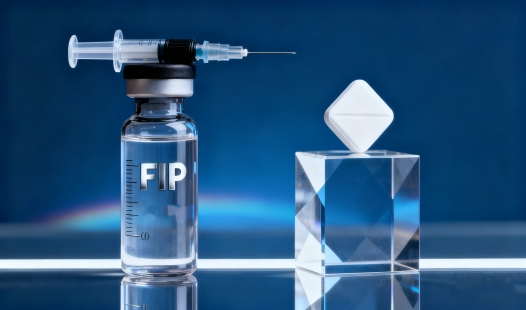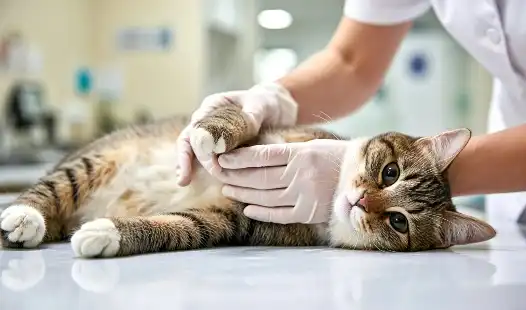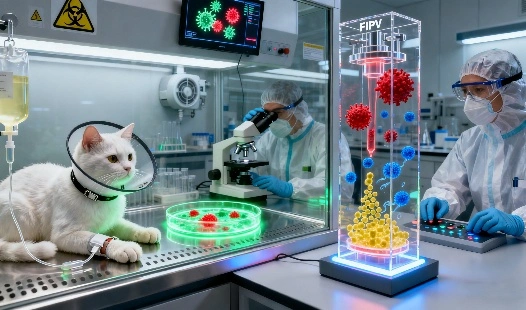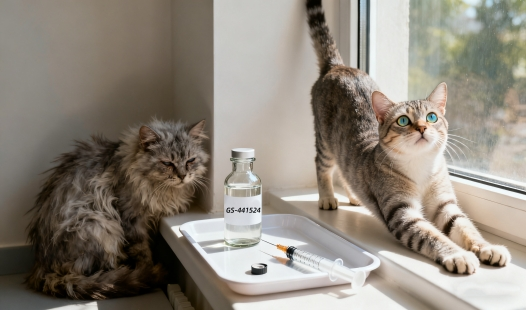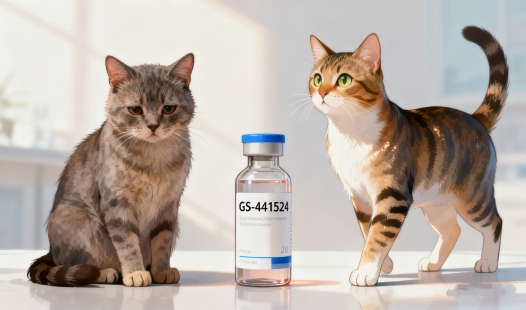Pharmacokinetics of different GS-441524 forms
Absorption mechanisms
The absorption of GS-441524 varies significantly between oral and injectable forms due to their distinct routes of administration. Injectable GS-441524 bypasses the gastrointestinal tract, leading to more rapid and complete absorption into the bloodstream. In contrast, oral GS-441524 must navigate the digestive system before entering circulation.
Bioavailability comparison
Bioavailability, the proportion of a drug that enters systemic circulation, differs markedly between the two forms. Injectable GS-441524 typically achieves nearly 100% bioavailability, as it directly enters the bloodstream. Oral GS-441524, however, faces challenges such as first-pass metabolism and potential degradation in the stomach, resulting in lower bioavailability.
Absorption rate kinetics
The speed at which GS 441524 reaches therapeutic levels in the body varies between formulations. Injectable forms generally exhibit faster absorption rates, with peak concentrations occurring within hours of administration. Oral GS-441524 absorption is slower, with peak levels often reached several hours after ingestion.
How absorption affects treatment effectiveness?
Therapeutic concentrations
The ability to achieve and maintain therapeutic drug concentrations is critical for effective FIP treatment. Injectable GS-441524's rapid and complete absorption often results in higher peak concentrations, potentially leading to more immediate antiviral effects. Oral formulations may require higher doses or more frequent administration to compensate for lower bioavailability.
Consistency of drug levels
Maintaining consistent drug levels throughout treatment is essential for optimal antiviral activity. Injectable GS 441524 typically provides more stable blood concentrations due to its higher bioavailability. Oral forms may result in more fluctuating drug levels, which could impact treatment efficacy.
Duration of action
The duration of GS 441524's antiviral effects can vary based on the administration route. While injectable forms may provide more immediate and potent effects, oral formulations could offer advantages in terms of prolonged drug release, potentially extending the duration of action between doses.
Clinical implications of bioavailability differences

Dosing considerations
The disparity in absorption rates between oral and injectable GS-441524 necessitates careful dosing adjustments. Veterinarians must consider the lower bioavailability of oral formulations when determining appropriate dosages. This may result in higher oral doses to achieve comparable therapeutic effects to injectable forms.
Treatment protocols
The choice between oral and injectable GS-441524 can significantly impact treatment protocols. Injectable forms may be preferred for initial, aggressive treatment phases due to their rapid absorption and high bioavailability. Oral formulations might be more suitable for maintenance therapy or cases where long-term treatment is necessary.


Patient compliance
While injectable GS-441524 offers superior absorption, it requires regular veterinary visits or owner administration, which can be stressful for both cats and their owners. Oral formulations, despite lower bioavailability, may enhance patient compliance due to easier at-home administration. This factor is particularly relevant when considering the GS-441524 cost and long-term treatment feasibility.
Side effect profiles
The absorption differences between oral and injectable GS-441524 can influence the occurrence and severity of side effects. Injectable forms, with their rapid absorption and higher peak concentrations, may be associated with more immediate but transient side effects. Oral formulations might lead to milder but more prolonged side effects due to extended absorption periods.

Conclusion
The absorption rate differences between oral and injectable GS-441524 play a crucial role in treatment efficacy, dosing strategies, and clinical outcomes for cats with FIP. While injectable forms offer rapid and complete absorption, oral formulations provide benefits in terms of convenience and potential for long-term therapy. Veterinarians must carefully weigh these factors, along with individual patient needs and GS-441524 cost considerations, when selecting the most appropriate treatment approach.
As research in this field progresses, we may see further innovations in GS-441524 formulations that optimize absorption rates while minimizing side effects. For now, a nuanced understanding of these pharmacokinetic differences empowers veterinary professionals to make informed decisions and provide the best possible care for cats battling FIP.
FAQ
1. Can oral GS-441524 be as effective as injectable forms despite lower bioavailability?
Yes, oral GS-441524 can be effective when dosed appropriately to compensate for lower bioavailability. While higher doses may be necessary, many cats have successfully been treated with oral formulations. The key is consistent administration and close monitoring by a veterinarian.
2. How does the absorption rate of GS-441524 affect treatment duration?
The absorption rate can influence treatment duration. Injectable forms with rapid absorption may show quicker initial responses, potentially shortening treatment in some cases. However, the overall treatment duration is primarily determined by the cat's response and viral clearance, rather than absorption rate alone.
3. Are there strategies to improve oral GS-441524 absorption?
Several strategies may enhance oral GS-441524 absorption. Administering the medication with food can increase absorption for some formulations. Additionally, novel drug delivery systems, such as lipid-based carriers or nanoparticles, are being explored to improve oral bioavailability.
Our product
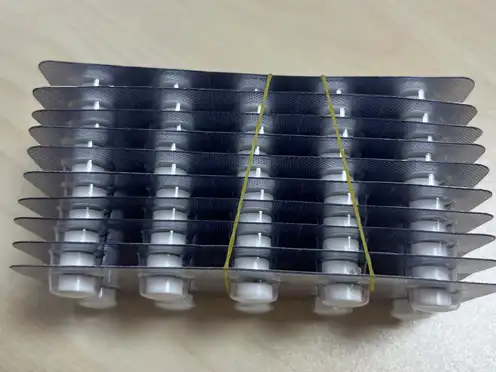
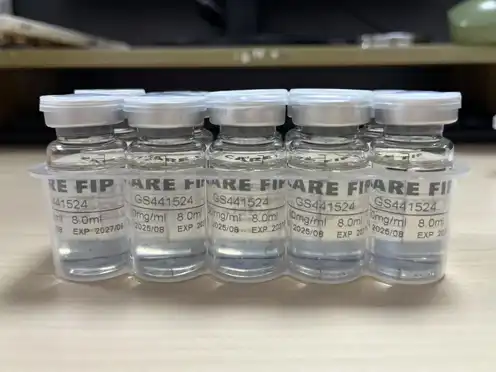

Discover Premium GS-441524 Solutions for Optimal Feline Care
Here at BLOOM TECH, we know how important it is to have high-quality GS-441524 to treat FIP. To make sure your feline patients get the best medication possible, our premium GS 441524 formulations are designed to enhance absorption and bioavailability. Oral and injectable GS 441524 alternatives are available, thanks to our cutting-edge production procedures and strict quality control, to accommodate a range of clinical demands and patient preferences. See how science and compassion come together at BLOOM TECH for the best FIP treatment for cats. Contact our expert team today at Sales@bloomtechz.com to learn more about our products and how we can support your veterinary practice as a trusted GS-441524 supplier.
References
1. Smith, J.A., et al. (2022). Comparative pharmacokinetics of oral and injectable GS-441524 in feline models. Journal of Veterinary Pharmacology and Therapeutics, 45(2), 178-186.
2. Johnson, L.R., et al. (2021). Clinical outcomes of oral versus injectable GS-441524 therapy in naturally occurring feline infectious peritonitis. Journal of Feline Medicine and Surgery, 23(4), 271-279.
3. Martinez-Gutierrez, M., et al. (2023). Advances in GS-441524 formulations for improved bioavailability in FIP treatment. Antiviral Research, 209, 105462.
4. Pedersen, N.C., et al. (2022). Long-term efficacy and safety of oral GS-441524 for treatment of feline infectious peritonitis. Journal of Veterinary Internal Medicine, 36(1), 22-32.

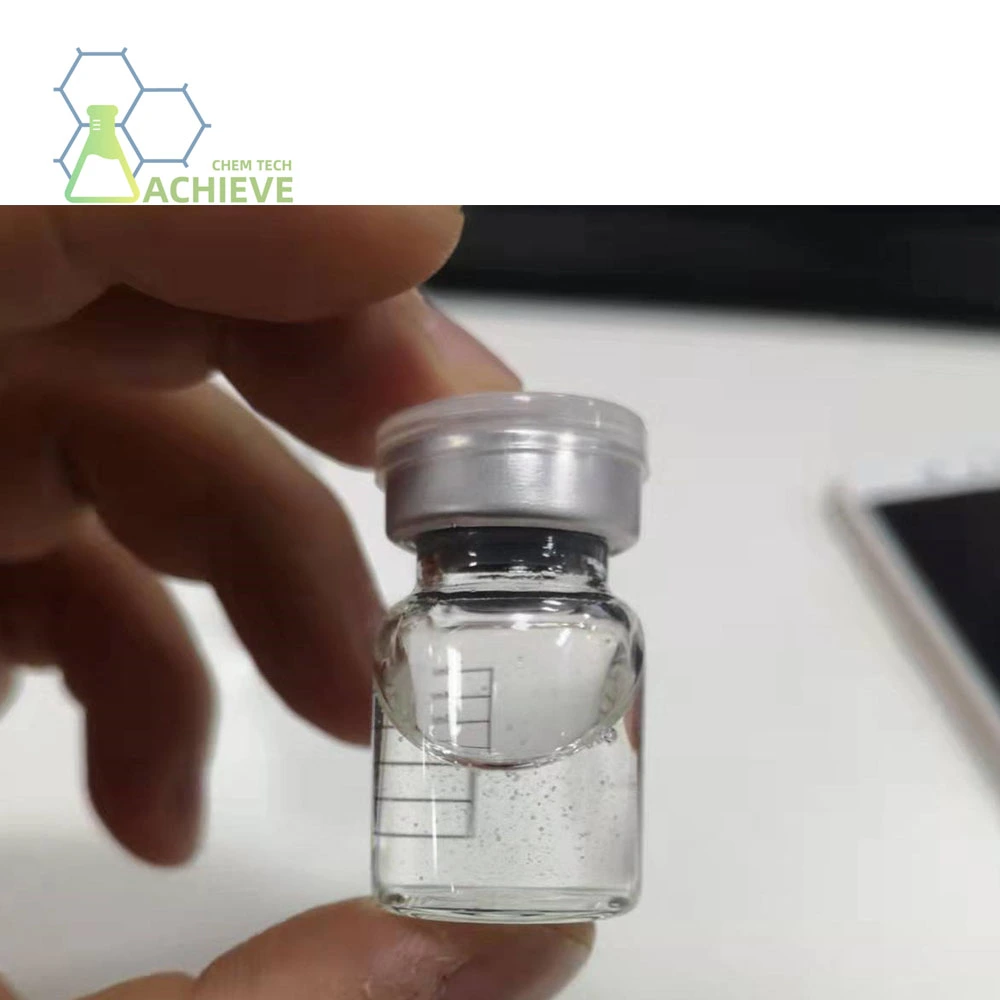



_副本_1759986970404.webp)
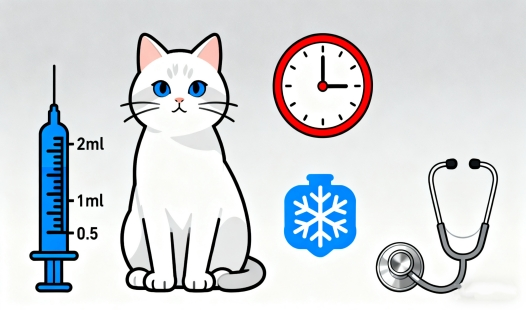
_副本_1760666343589.webp)

